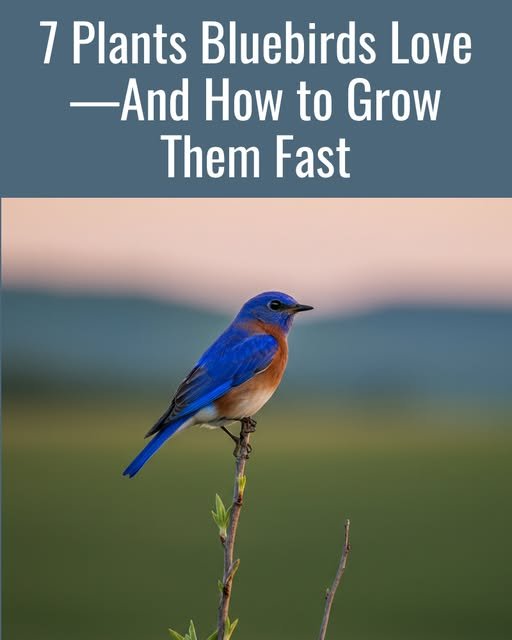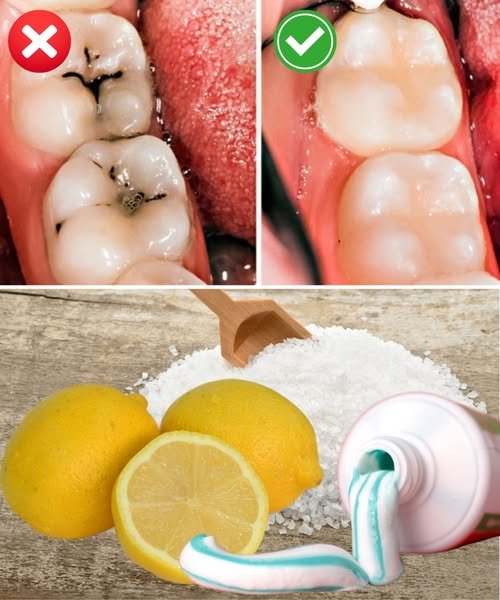The Ultimate Lazy Gardener’s Guide: Grow Vegetables Without Watering or Constant Care
Do you love fresh vegetables but hate the effort of daily watering and maintenance? The good news is that you can grow a thriving vegetable garden with minimal work! Whether you have a busy schedule, travel often, or just want an easier way to grow food, these low-maintenance gardening techniques will help you cultivate fresh vegetables with almost no effort.
Why Choose a Low-Maintenance Vegetable Garden?
Many people assume that growing vegetables requires daily watering, weeding, and constant care. However, with the right methods, you can set up a self-sustaining garden that thrives with little intervention. Here’s why this approach is beneficial:
- Saves Time: No need to water or check on your plants every day.
- Uses Less Water: Efficient irrigation methods reduce water consumption.
- Minimal Effort Required: No weeding, fertilizing, or frequent upkeep.
- Great for Beginners: Perfect for those who want to start gardening without too much work.
- Ideal for Busy People: Whether you work long hours or travel often, your garden will take care of itself.
Best Methods for Growing Vegetables With Minimal Care
To create a self-sustaining vegetable garden, you need to choose the right techniques. Below are some of the best ways to grow vegetables without frequent watering or maintenance.
1. Self-Watering Containers
Self-watering containers are perfect for growing vegetables with minimal effort. These containers have a built-in water reservoir that keeps plants hydrated for days or even weeks.
How to Set Up a Self-Watering Container Garden:
- Choose Large Containers: Deep pots work best to hold enough water.
- Add a Water Reservoir: Use a double-layered container with a lower section for water storage.
- Insert a Wick System: A fabric strip or rope draws water up to the soil as needed.
- Fill With Quality Soil: Use a mix of compost, coconut coir, and potting soil for moisture retention.
- Plant Vegetables That Thrive in Containers: Lettuce, spinach, tomatoes, and peppers are great choices.
- Refill the Water Reservoir Weekly: Depending on the climate, you may only need to add water once every 1-2 weeks.
2. Hydroponic Growing – No Soil, No Watering Needed
Hydroponics is an excellent solution for lazy gardeners because plants grow in nutrient-rich water, eliminating the need for soil and frequent watering.
How to Start a Simple Hydroponic Garden:
- Use a Container or Bucket: A plastic storage bin or large bucket works well.
- Add Hydroponic Nutrients to Water: Mix water with a nutrient solution to feed the plants.
- Use a Floating Medium: Place seedlings in small net pots filled with perlite or clay pebbles.
- Provide Light: Place the system in a sunny area or use LED grow lights.
- Check Water Levels Weekly: The plants absorb water, but you only need to refill the nutrient solution every 2-3 weeks.
Great for growing leafy greens, basil, and tomatoes without the hassle of daily care!
3. Mulch Gardening – The Natural Self-Watering Method
A thick layer of mulch helps retain moisture, suppress weeds, and reduce the need for watering.
How to Set Up a Mulch-Based Garden:
- Choose a Garden Bed or Large Planter: Raised beds work well for this method.
- Prepare the Soil: Mix compost with organic matter for better moisture retention.
- Plant Your Vegetables: Root crops, tomatoes, and leafy greens thrive in mulched gardens.
- Apply a Thick Mulch Layer: Use straw, wood chips, dried leaves, or shredded newspaper to cover the soil.
- Water Deeply Once: After the initial watering, the mulch will help retain moisture for weeks.
4. Wicking Bed System – Watering on Autopilot
A wicking bed is a self-watering garden that supplies moisture from below, reducing evaporation and eliminating daily watering.
Steps to Build a Wicking Bed:
- Use a Deep Container or Raised Bed: It should be at least 12-18 inches deep.
- Create a Water Reservoir: Line the bottom with a waterproof layer (like a pond liner) and fill it with gravel.
- Add a Wicking Layer: Use sand, coconut coir, or fabric to help draw water upwards.
- Fill With Soil and Plant Vegetables: Carrots, onions, and leafy greens grow well in wicking beds.
- Water Only Every Few Weeks: The system will keep the soil consistently moist.
5. Aquaponics – The Ultimate No-Maintenance Gardening
Aquaponics combines hydroponics with fish farming, creating a self-sustaining ecosystem where fish waste fertilizes plants.
How Aquaponics Works:
- Use a Fish Tank or Tub: Fill it with water and add small fish like tilapia or goldfish.
- Add a Grow Bed Above the Tank: Place net pots with plants in a medium like clay pebbles.
- Circulate Water Using a Pump: The fish waste provides nutrients for the plants, while the plants filter the water for the fish.
- Harvest Fresh Vegetables and Fish: Get a constant supply of food with almost no effort!
This method is excellent for growing tomatoes, lettuce, and herbs with virtually no maintenance.
Best Vegetables for Low-Maintenance Gardening
Certain vegetables grow better in self-watering and minimal-care systems. The best options include:
- Lettuce and Spinach: Require little water and grow quickly.
- Tomatoes: Especially cherry and bush varieties in self-watering containers.
- Radishes: Fast-growing with minimal care.
- Peppers: Thrive in hydroponic and container setups.
- Basil and Mint: Grow well in water-based systems with no soil needed.
Final Tips for a No-Watering, Low-Maintenance Garden
- Choose the Right Location: Sunlight is still essential, so place plants where they get at least 6 hours of light.
- Use Self-Watering Methods: Whether it’s hydroponics, wicking beds, or mulch gardening, pick a system that works best for your space.
- Minimize Pests Naturally: Keep plants healthy with natural pest control methods like neem oil or companion planting.
- Harvest Regularly: The more you pick, the more your plants will produce.
Conclusion
Growing vegetables without watering or frequent care is completely possible with the right techniques. Whether you choose self-watering containers, hydroponics, mulch gardening, or wicking beds, these methods ensure a fresh and abundant harvest with little effort. Perfect for busy individuals, beginners, or anyone who wants a hassle-free garden, this approach makes growing food easy and enjoyable. Start your lazy garden today and enjoy fresh vegetables without the work!



